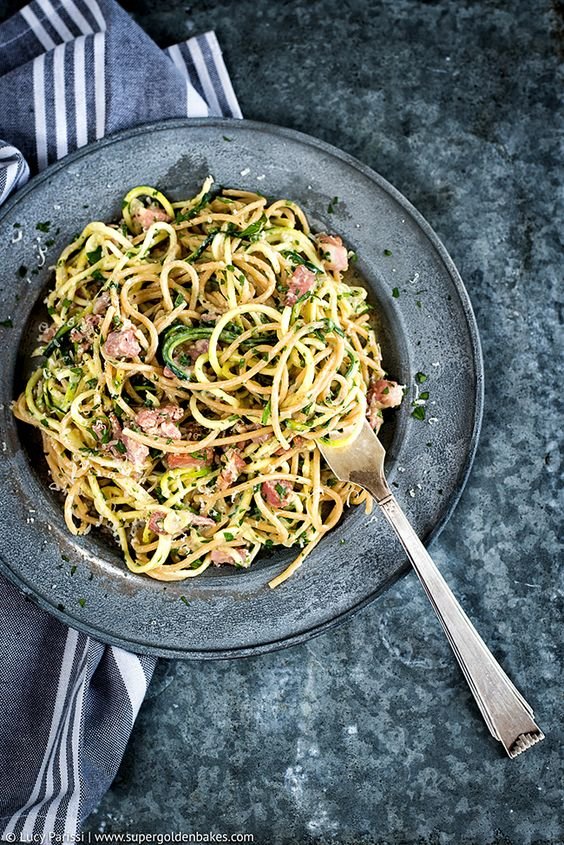
Italian cuisine has developed through centuries of social and political change, with roots dating back to the 4th century BC. Italian cuisine in itself takes heavy influences, including Etruscan, ancient Greek, Roman, Byzantine and Jewish antiquity. Significant changes have occurred with the discovery of the New World with the introduction of items such as potatoes, tomatoes, peppers and corn, now in the center of the kitchen but were not introduced in quantity until the 18th century. Italian cuisine is known for its regional diversity, the abundance of taste difference, and is known to be one of the most popular in the world, exerting a strong influence abroad.

The Mediterranean diet is the basis of Italian cuisine, rich in pasta, fish, fruits and vegetables and characterized by its extreme simplicity and variety, with many dishes having only four to eight ingredients. Italian cooks rely primarily on the quality of ingredients rather than elaborate preparation. The dishes and recipes are often derived from the local and family tradition rather than created by chefs, many recipes are ideal for home cooking, which explains the growing popularity of Italian cuisine, from America to Asia . Ingredients and dishes vary considerably by region.

A key factor in the success of Italian cuisine is its strong dependence on traditional products; Italy has the most traditional specialties protected by European legislation. Cheese, sausages and wine are an important part of Italian cuisine, with many regional variations and protected designation of origin and, with coffee (especially espresso), an important part of gastronomic culture. Italian. The desserts have a long tradition of fusing local flavors such as citrus, pistachio and almonds with mild cheeses like mascarpone and ricotta or exotic tastes like cocoa, vanilla and cinnamon. Gelato, tiramisù and cassata are among the most famous examples of Italian desserts, cakes and pastries.

- I hope you like it
Love Italia food and fashion
Yes. Me too
I love italian fashion